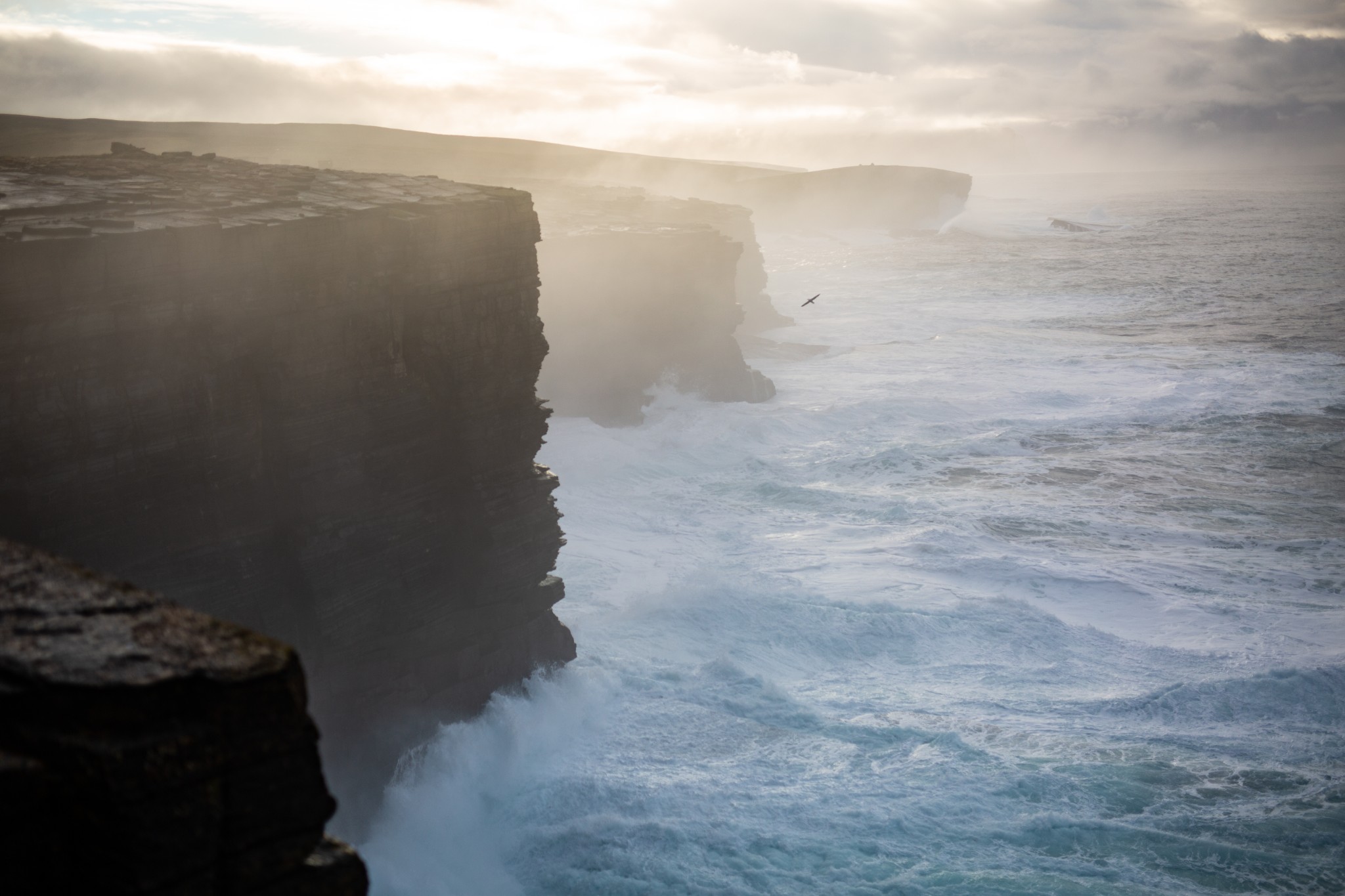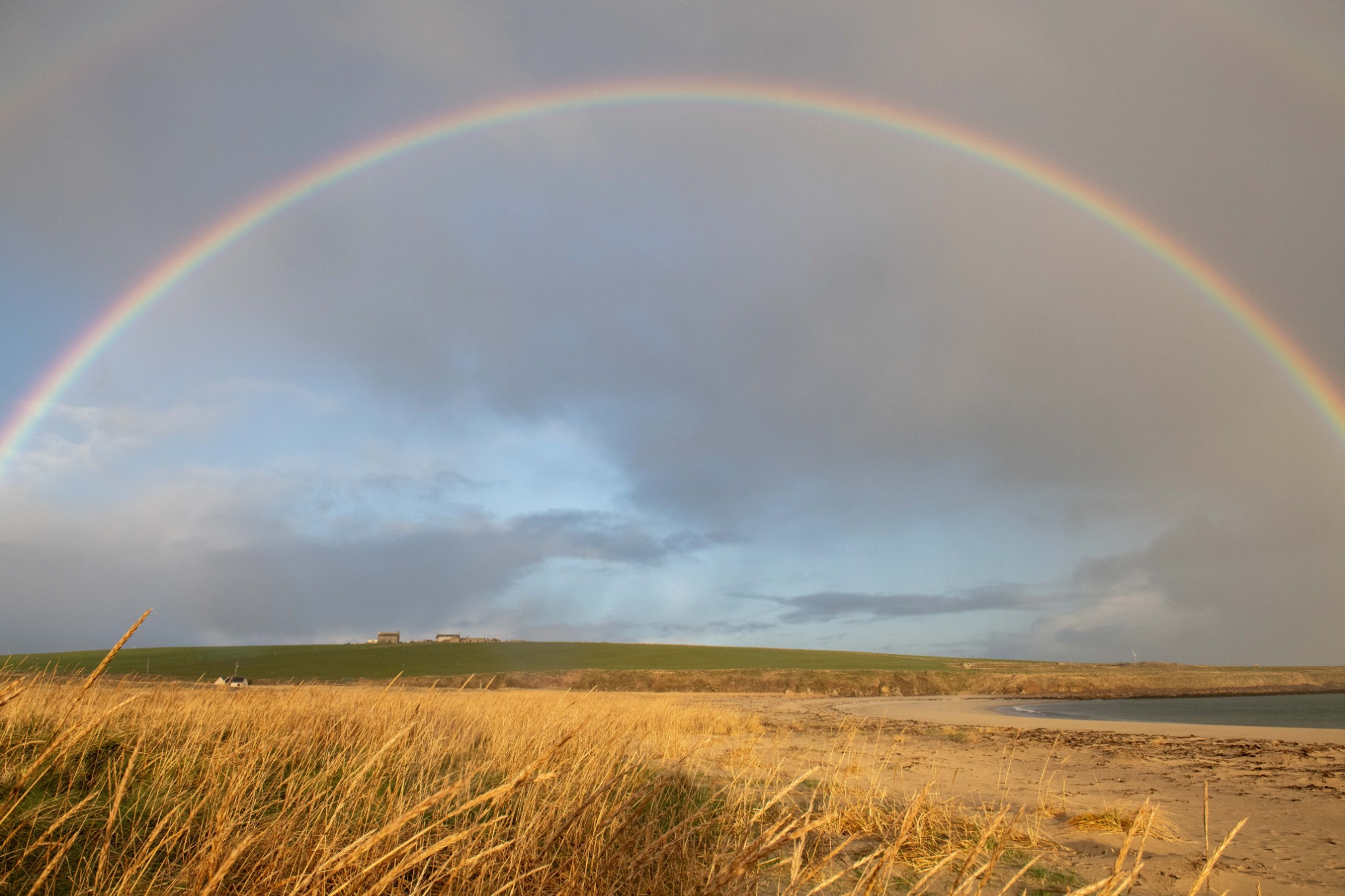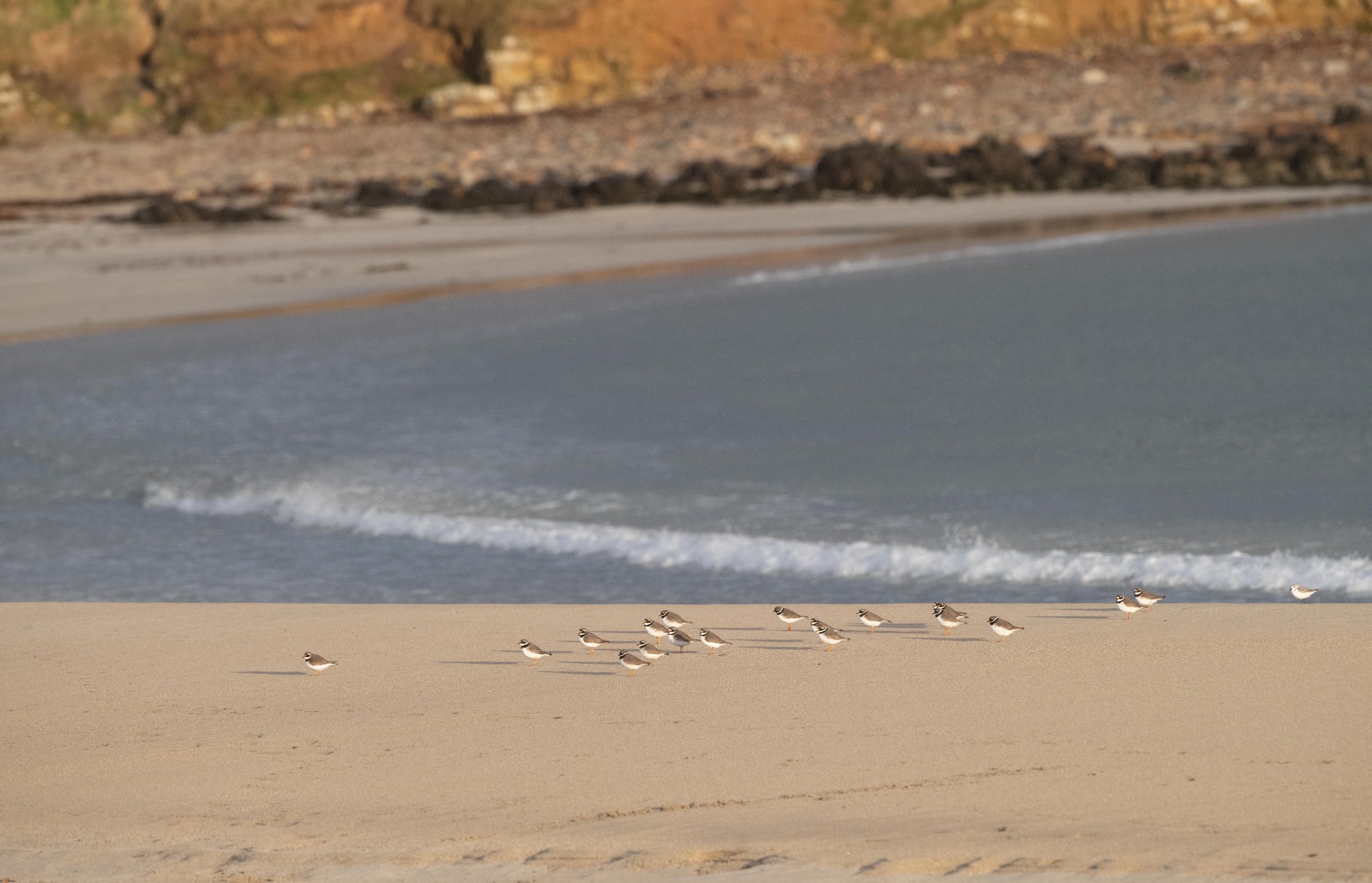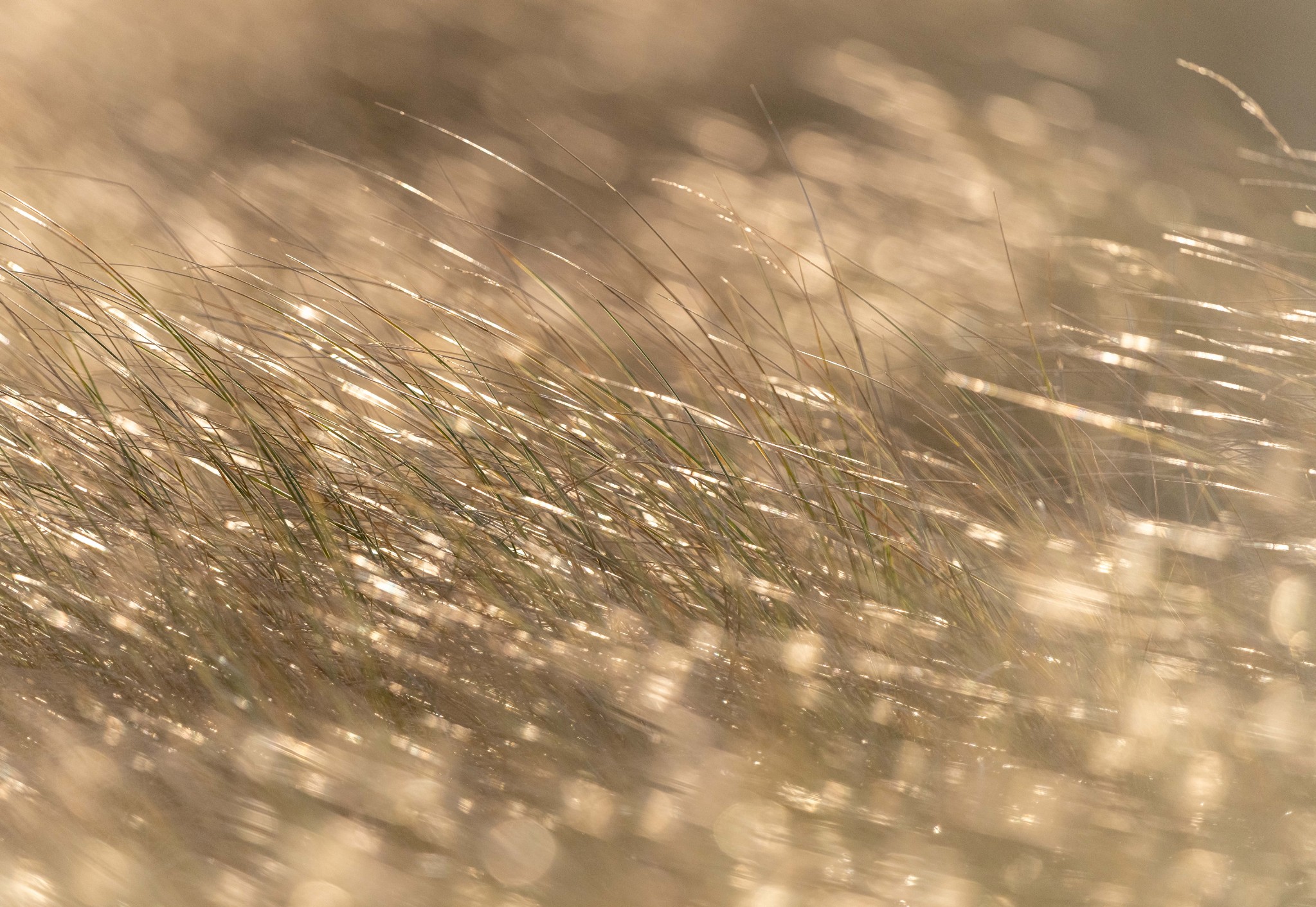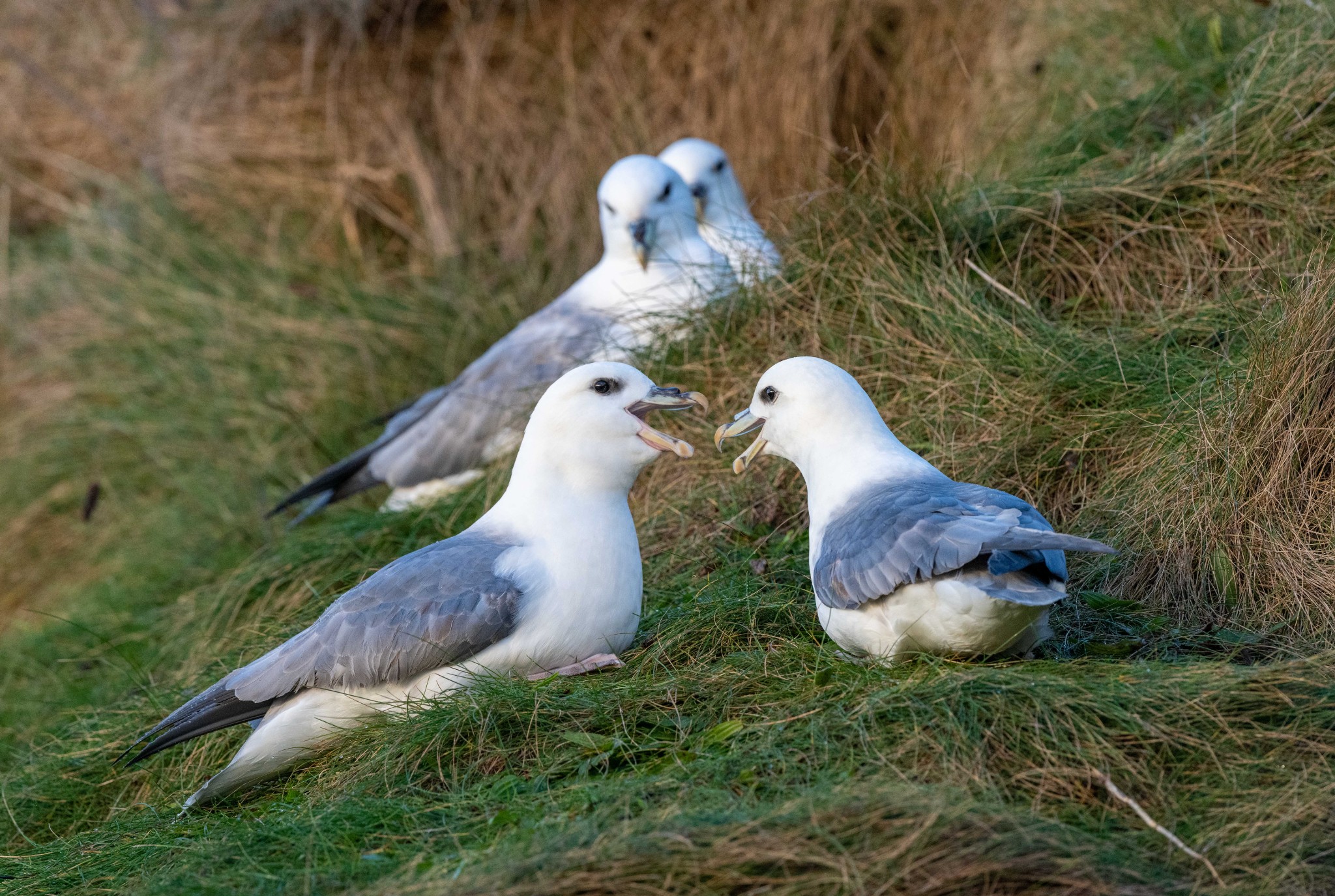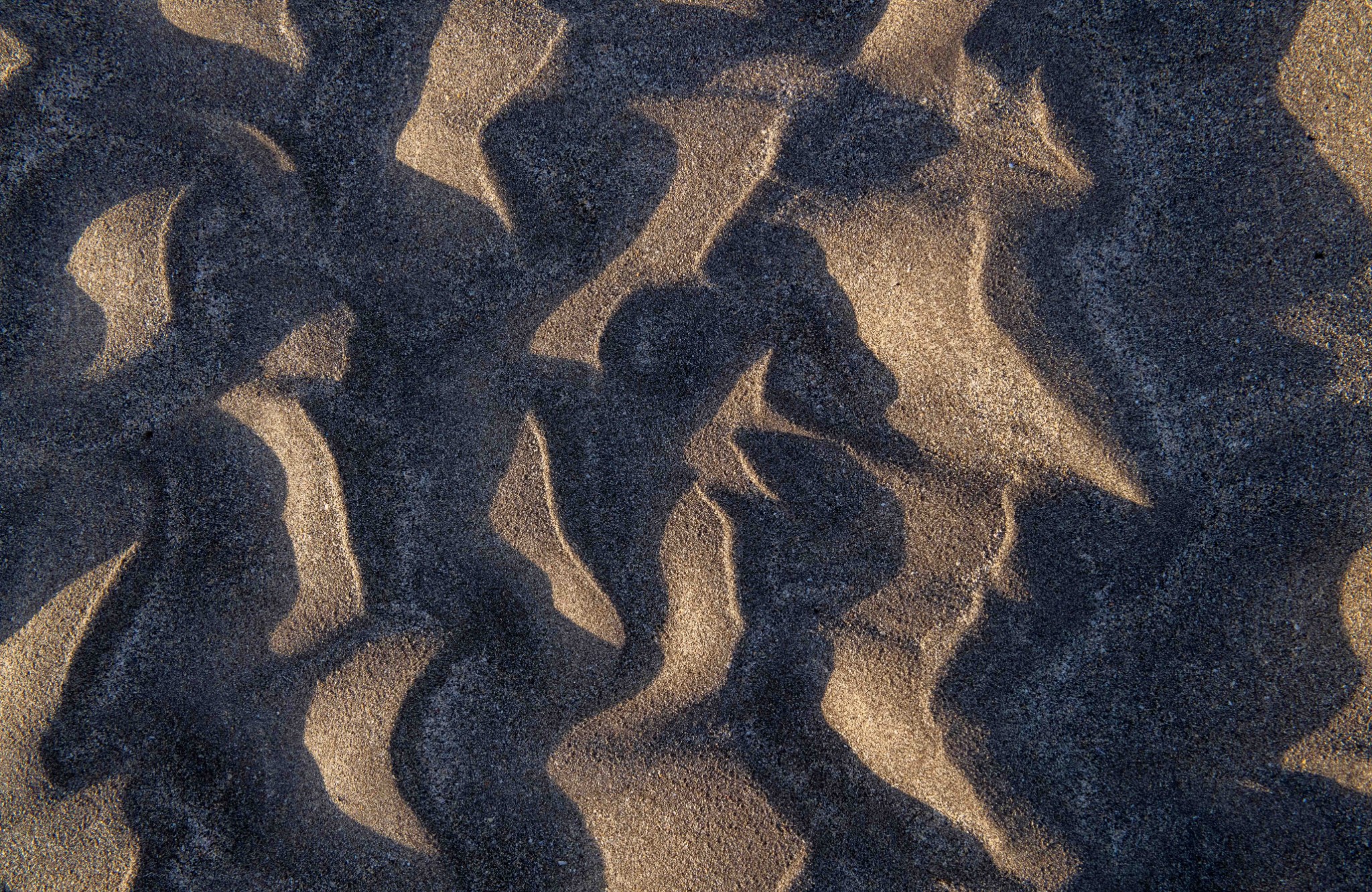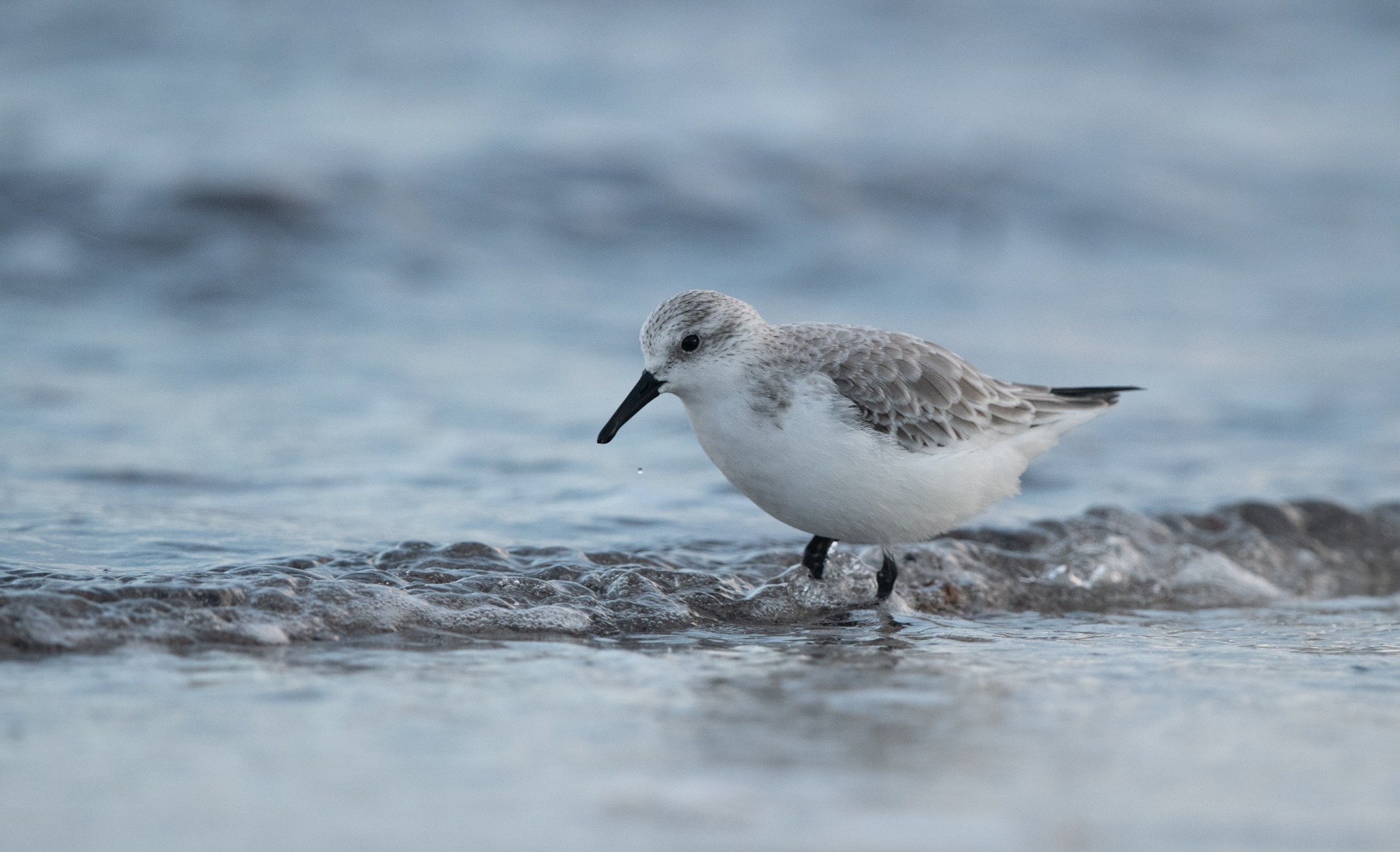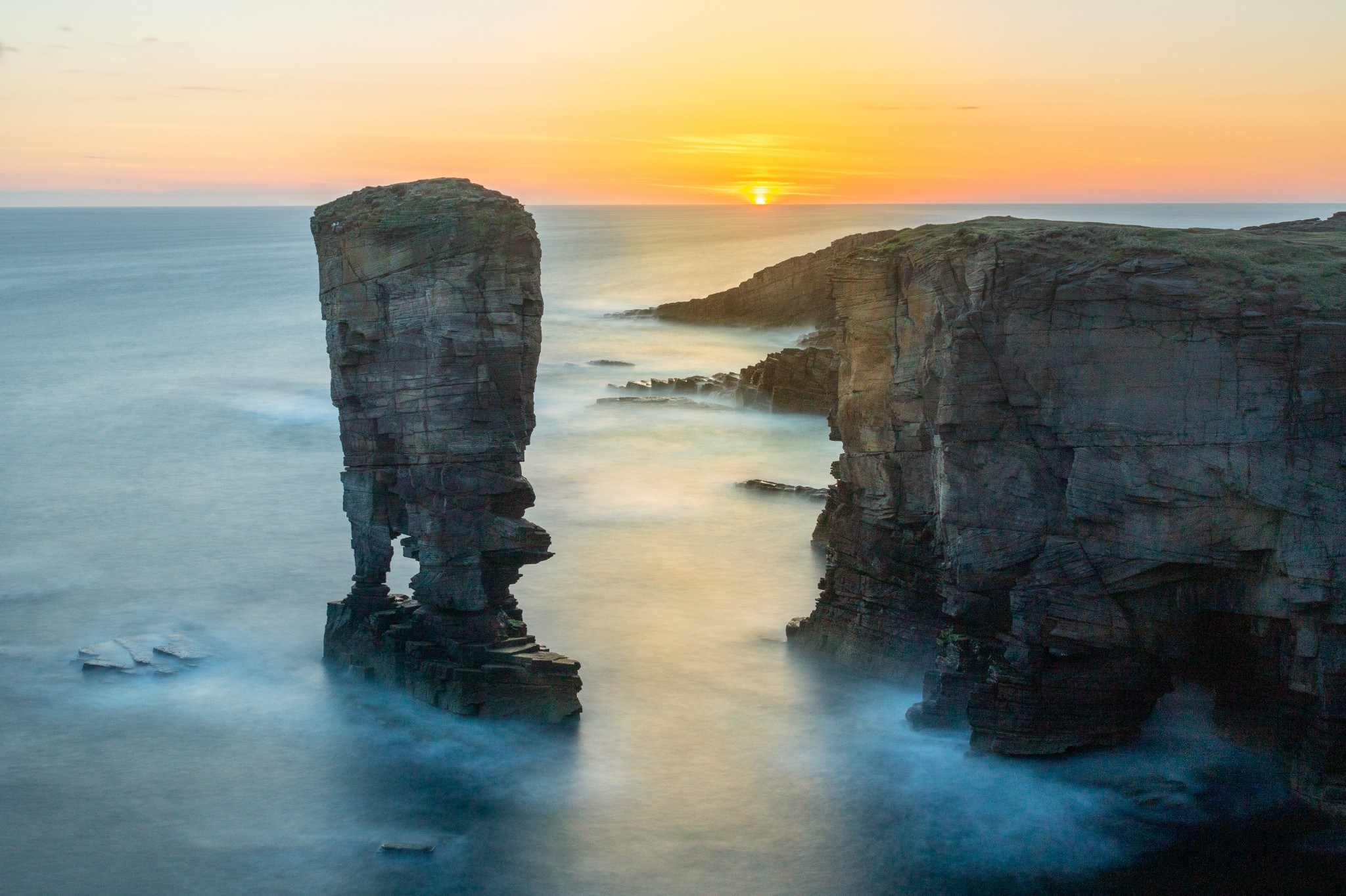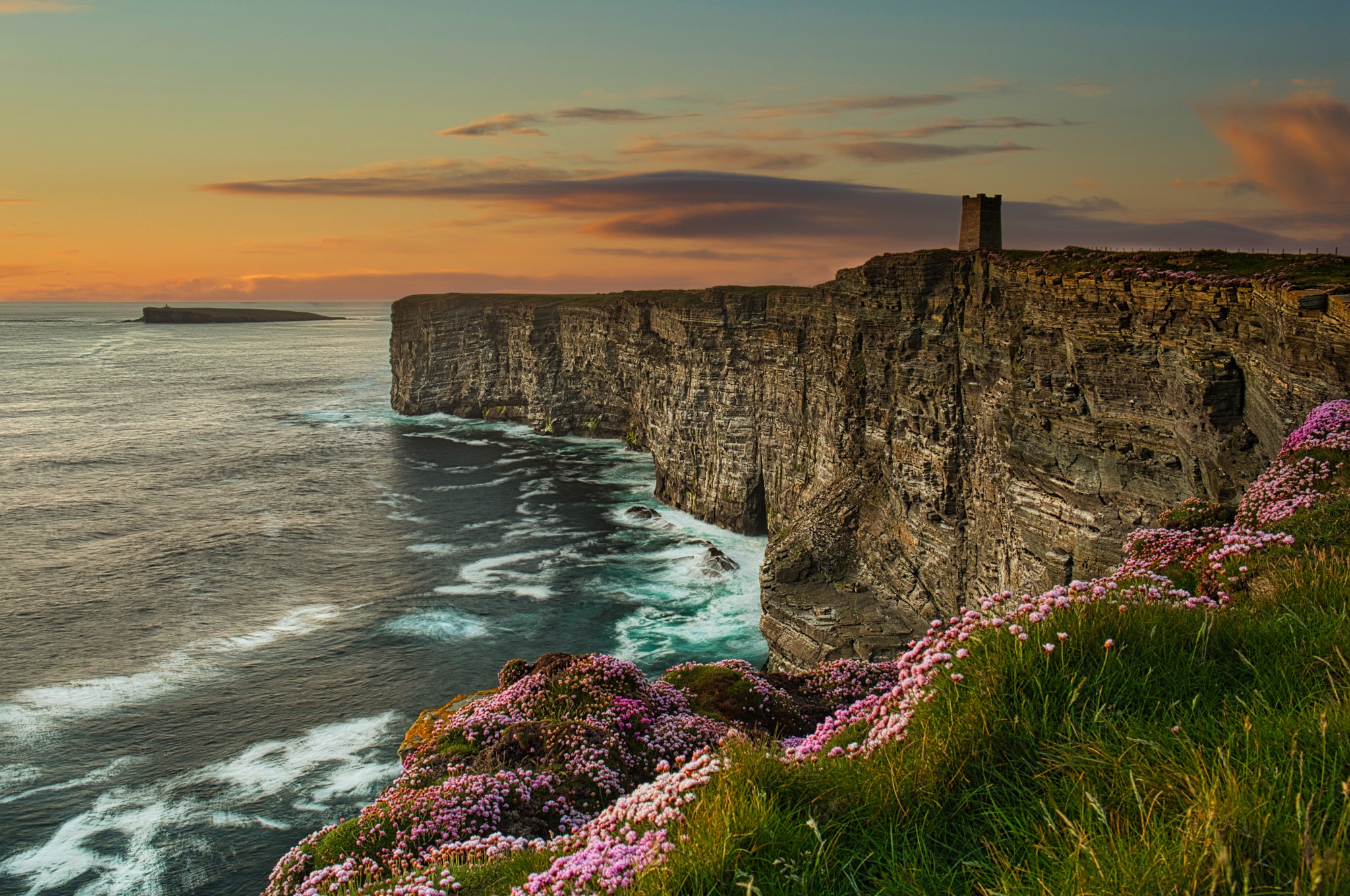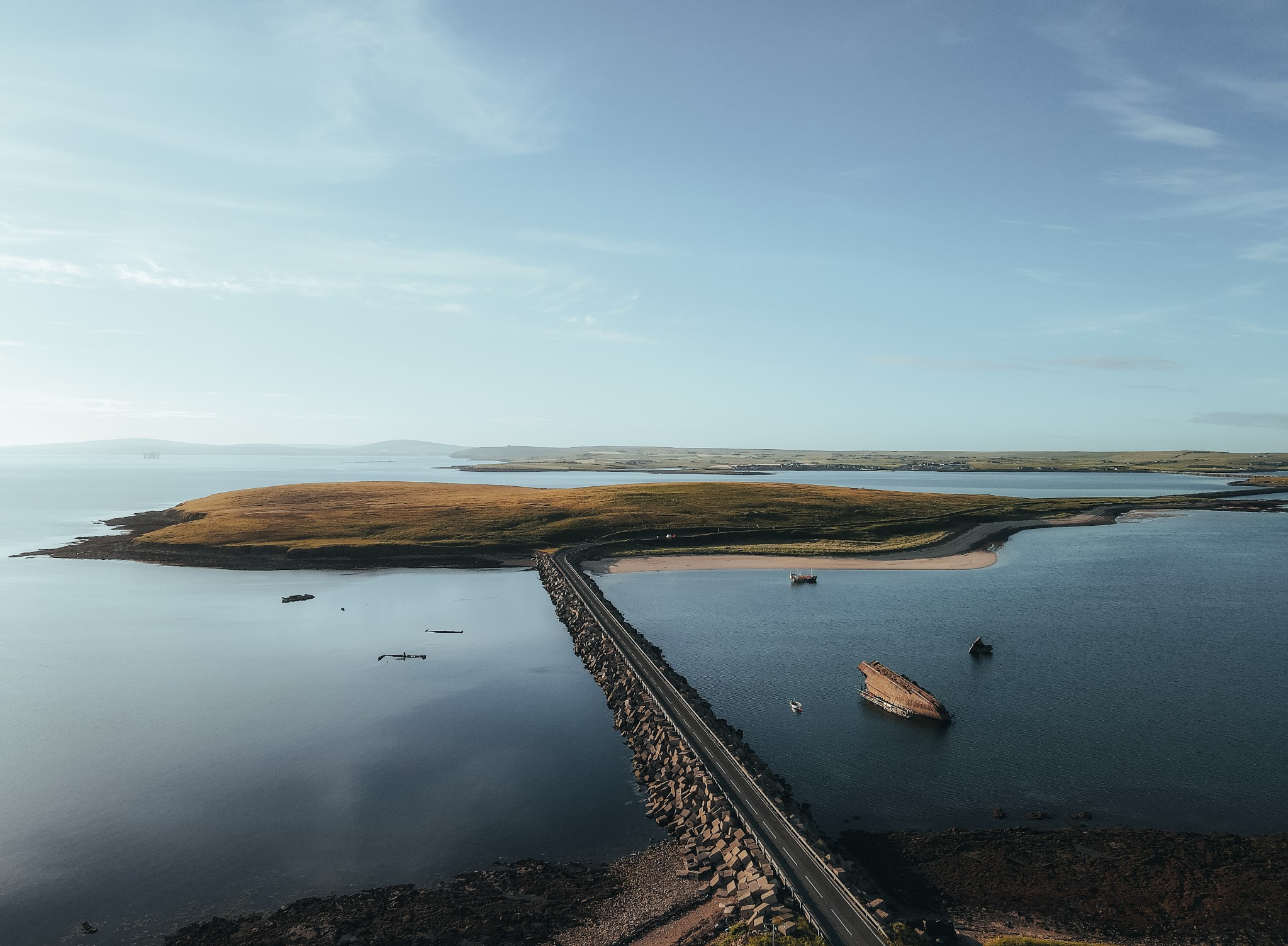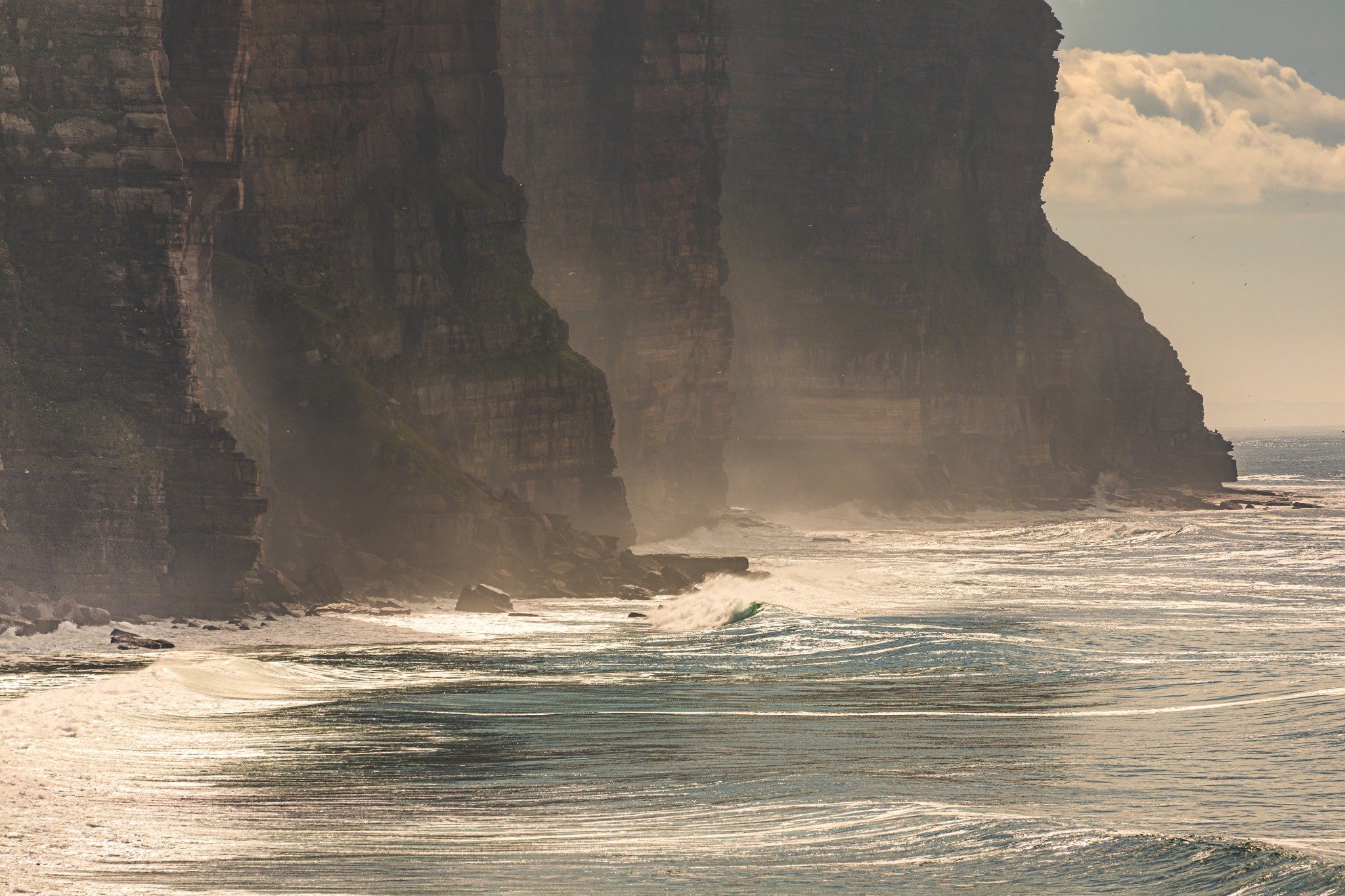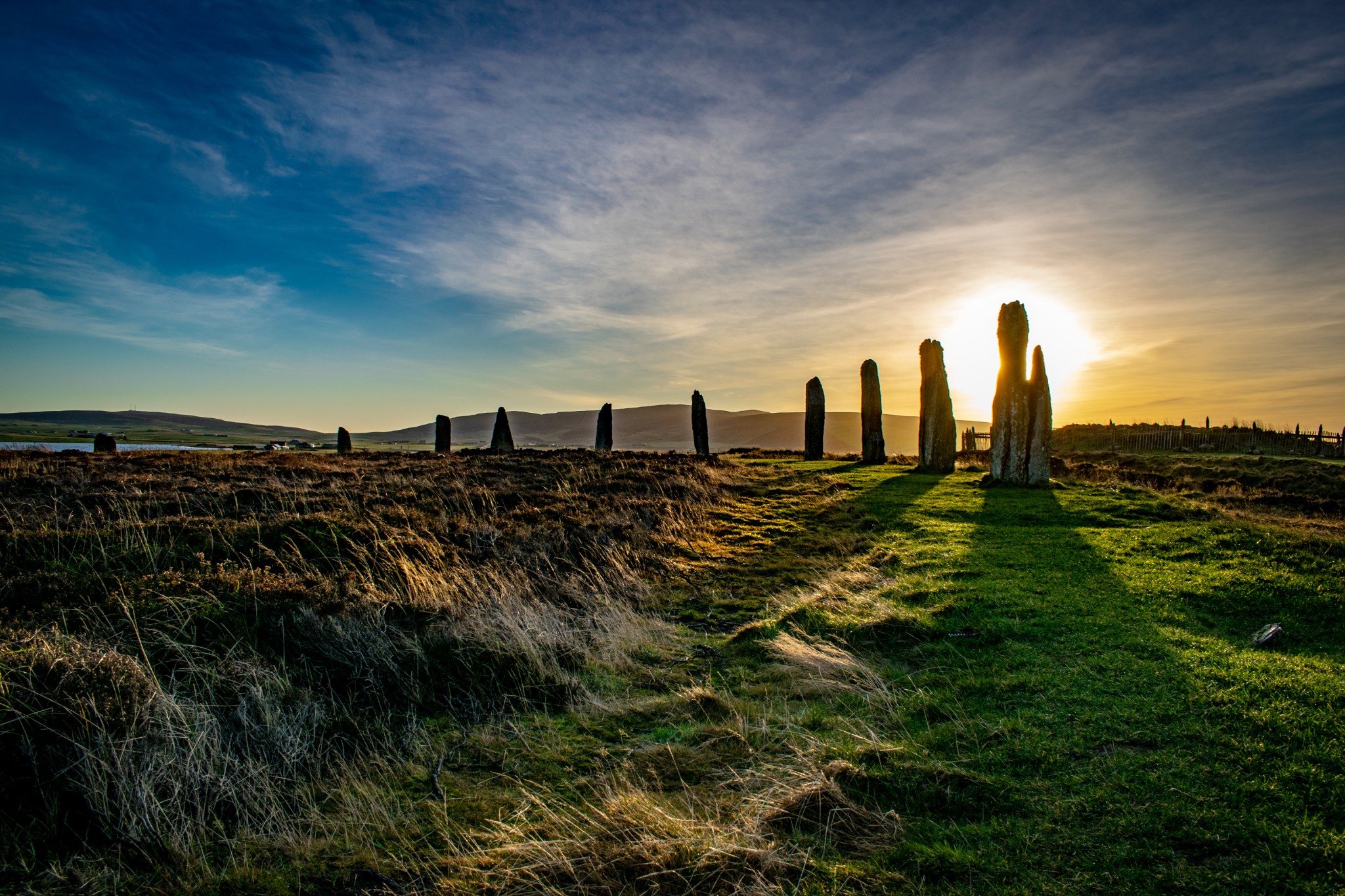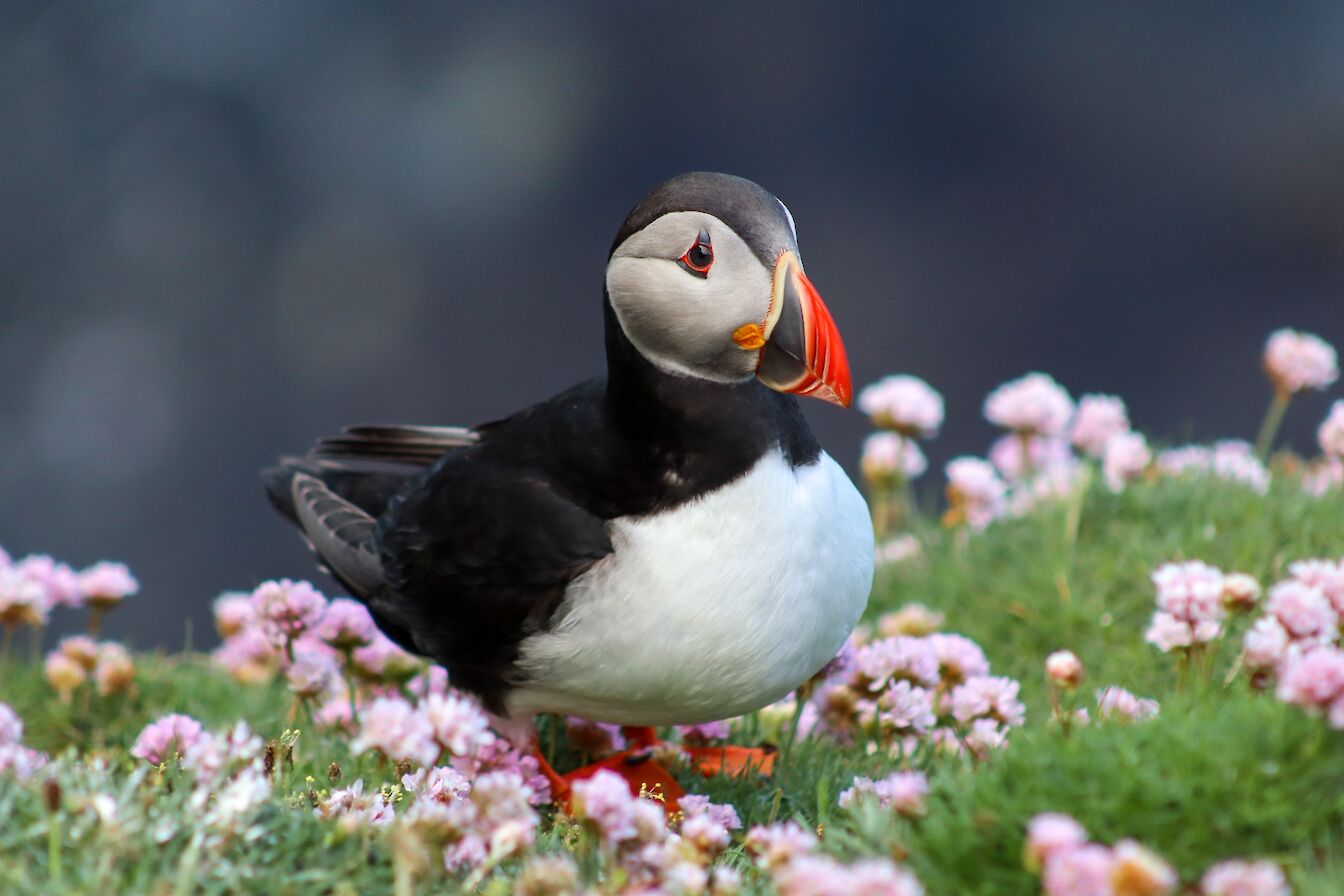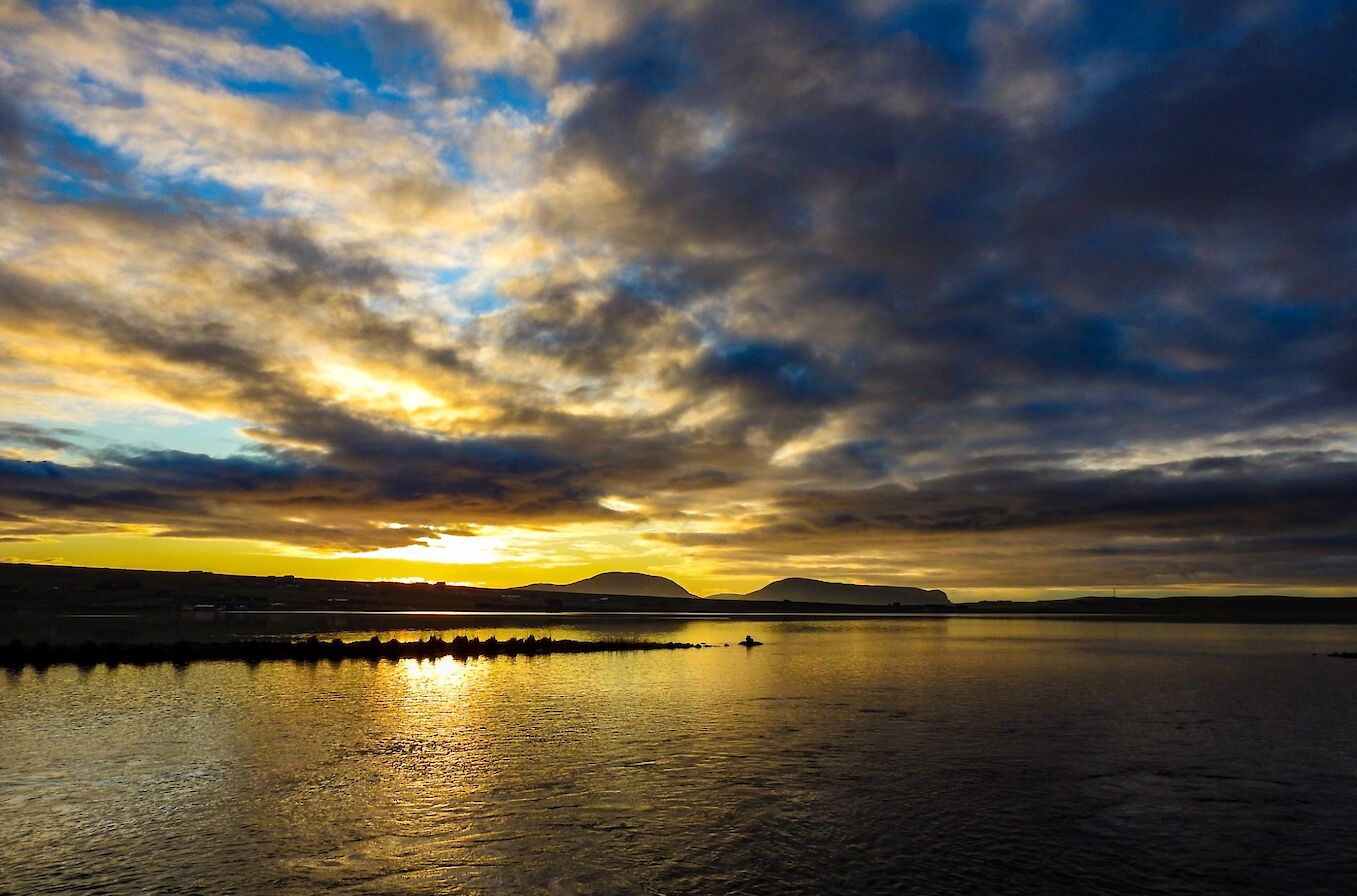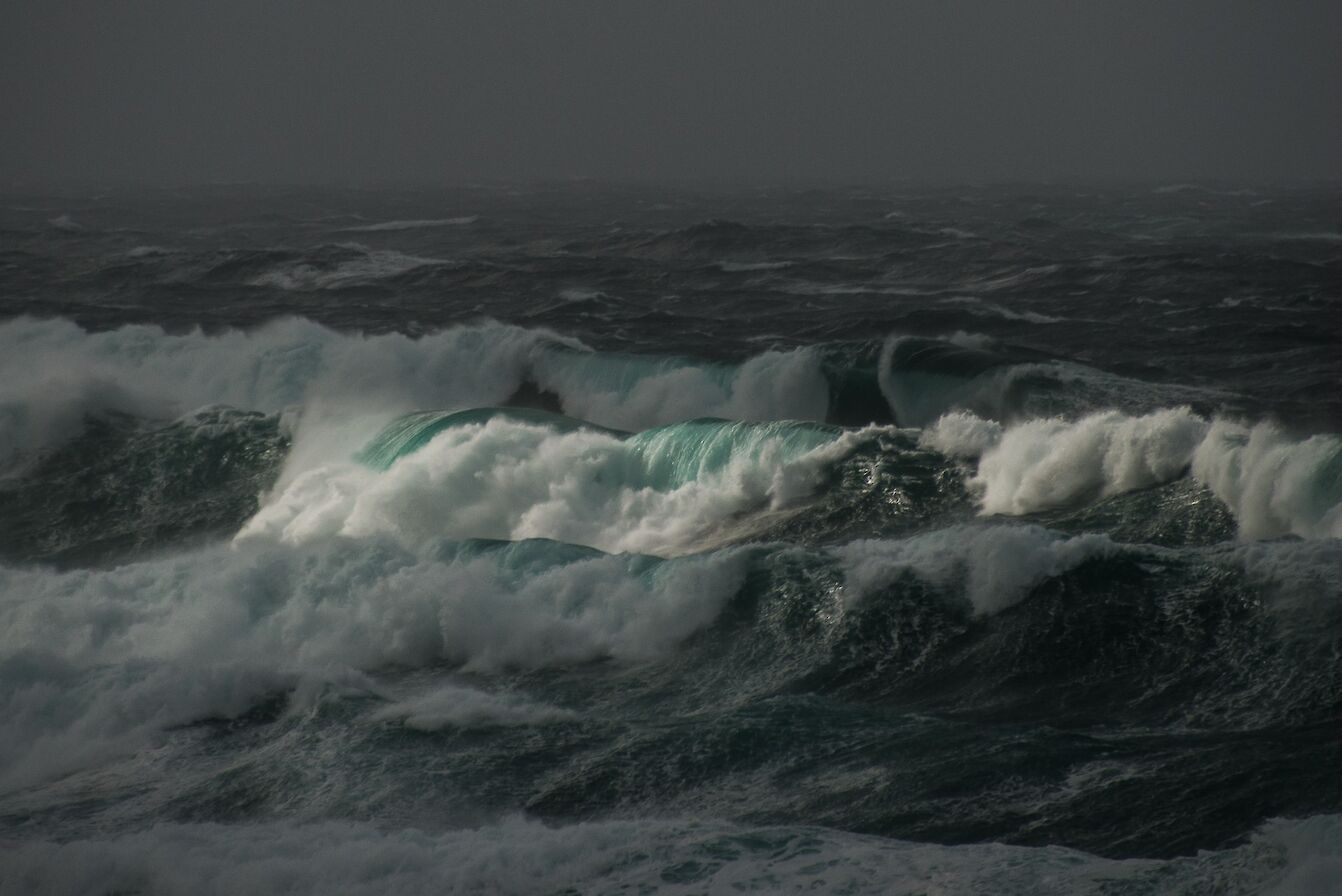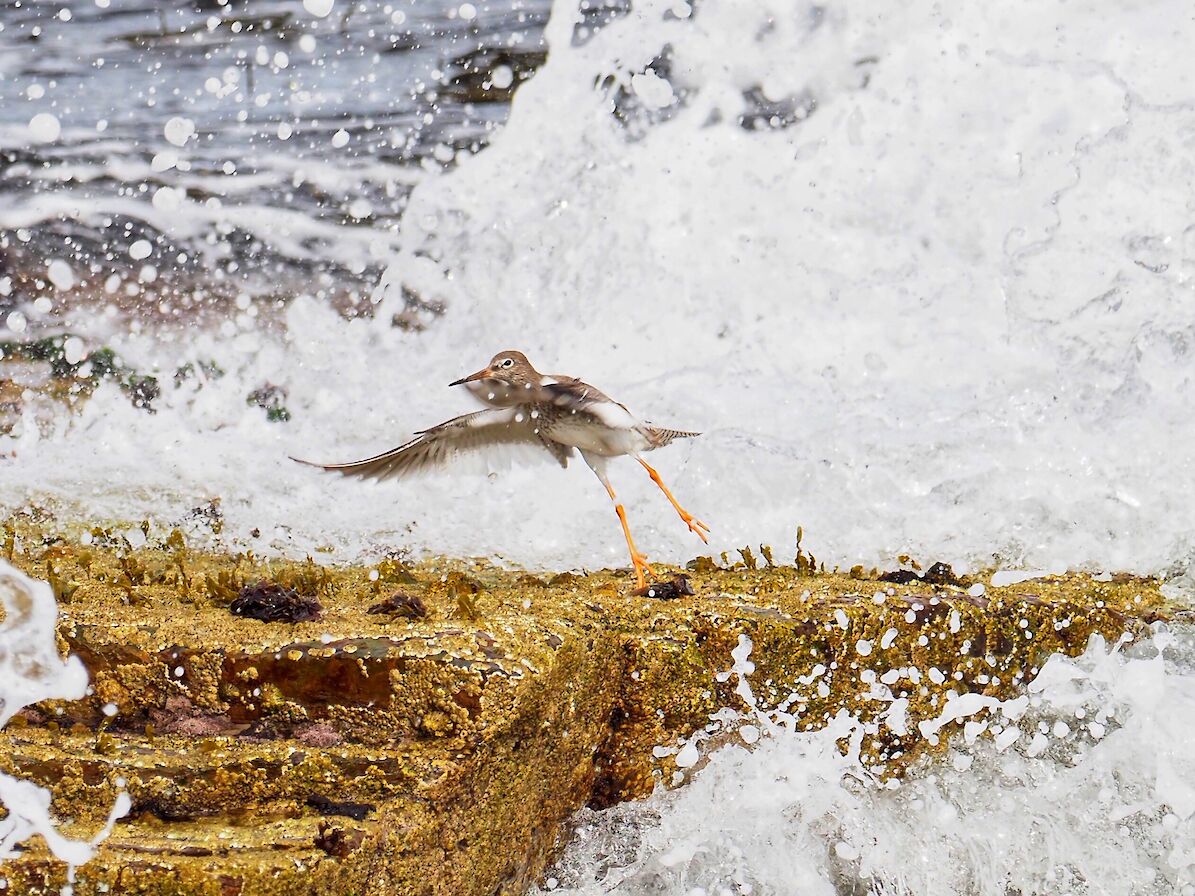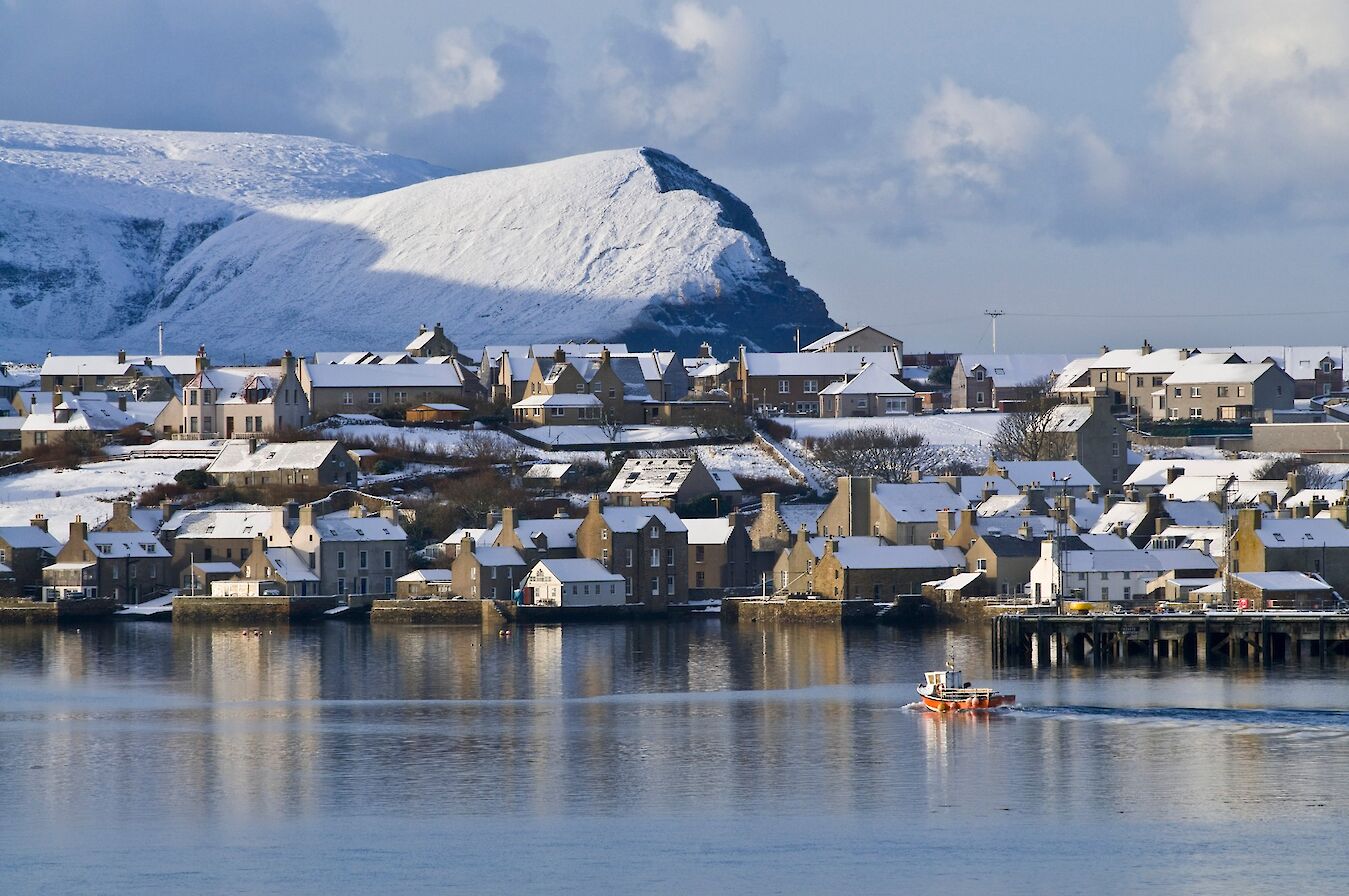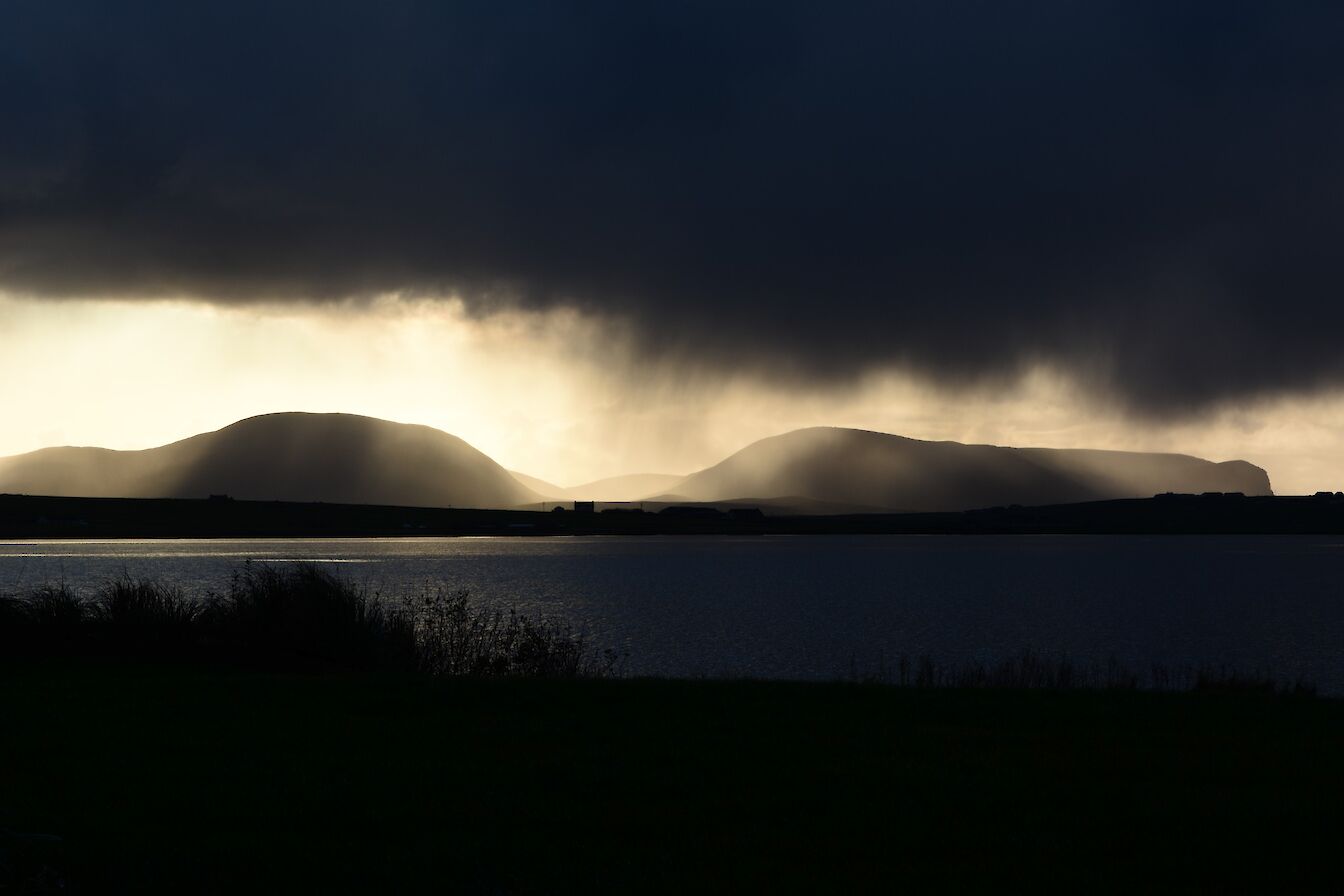Hello and welcome to the December newsletter from Orkney.com.
It’s our final newsletter of what has been a strange and incredibly testing year for us all. Hopefully we’ve managed to brighten up your inbox throughout with a little bit of island life.
We have more stories from Orkney for you this month, as well as a round-up of our favourite images from our featured photographers over the last year.
As always, we’d love to hear from you, so keep in touch with us on social media by following the links at the top of the page.
Latest news
Shop local this Christmas
 Orkney is home to some of the finest food, drink and crafts producers anywhere in the world and they need your support now more than ever. If you’re looking for something special for your loved one this festive season then view our Christmas Gift Guides for inspiration. They’re full of ideas, from gin to jewellery. View our food & drink guide and our crafts recommendations, or take a look at our shop online pages.
Orkney is home to some of the finest food, drink and crafts producers anywhere in the world and they need your support now more than ever. If you’re looking for something special for your loved one this festive season then view our Christmas Gift Guides for inspiration. They’re full of ideas, from gin to jewellery. View our food & drink guide and our crafts recommendations, or take a look at our shop online pages.
Orkney’s renewable stories
Renewable energy is an important part of life in Orkney. The sector employs hundreds of people here, and the islands have become a centre of innovation and expertise as the industry continues to grow. In recent years, local businesses have been embracing renewables too, using new technologies to go green and help keep costs down. Our new series focuses on some of those entrepreneurs, starting with JP Orkney and Scotland’s first for-hire electric camper van.
Success in national food awards
 Two Orkney spirits producers are raising a glass to celebrate a series of exciting award wins. The Deerness Distillery and the Orkney Gin Company have claimed top spot in three categories at the Great British Food Awards, which saw products judged by celebrity chefs, critics, food writers and buyers. Deerness Distillery’s ‘Into the Wild’ was named Best Vodka, with its ‘Orcadian Moon’ coffee liqueur winning the Other Spirits category. The Orkney Gin Company scooped the title in the Flavoured Gin section with its Rhubarb Old Tom.
Two Orkney spirits producers are raising a glass to celebrate a series of exciting award wins. The Deerness Distillery and the Orkney Gin Company have claimed top spot in three categories at the Great British Food Awards, which saw products judged by celebrity chefs, critics, food writers and buyers. Deerness Distillery’s ‘Into the Wild’ was named Best Vodka, with its ‘Orcadian Moon’ coffee liqueur winning the Other Spirits category. The Orkney Gin Company scooped the title in the Flavoured Gin section with its Rhubarb Old Tom.
Keeping art real in the COVID year
 Christmas is coming and for the team at the Pier Arts Centre in Stromness, that means the return of the annual Christmas Open Exhibition, showcasing some of the finest artistic talent in Orkney. The acclaimed gallery has held an annual Christmas event since it opened in 1979 and it has pulled out all the stops to continue that tradition, despite the challenges posed by COVID-19. The return of the exhibition offers a small sense of normality after a turbulent 2020.
Christmas is coming and for the team at the Pier Arts Centre in Stromness, that means the return of the annual Christmas Open Exhibition, showcasing some of the finest artistic talent in Orkney. The acclaimed gallery has held an annual Christmas event since it opened in 1979 and it has pulled out all the stops to continue that tradition, despite the challenges posed by COVID-19. The return of the exhibition offers a small sense of normality after a turbulent 2020.
Join us on Instagram
 Join us on Instagram where we post plenty of stunning shots from the islands. Make sure you follow Visit Orkney to see new images every week, and you can join in too. Tag your own images and use #VisitOrkney and #LoveOrkney to keep in touch.
Join us on Instagram where we post plenty of stunning shots from the islands. Make sure you follow Visit Orkney to see new images every week, and you can join in too. Tag your own images and use #VisitOrkney and #LoveOrkney to keep in touch.
Wild Orkney
Join local wildlife filmmaker Raymond Besant as he takes another look at Orkney’s natural highlights this month.
I’m fortunate that my job has allowed me to travel all over the world visiting remote and wild places, though that is on hold for the foreseeable future of course.
Generally, quite a lot of research has gone into what you are expected to film and can expect to see before you get there. It’s new and exciting and usually a little daunting. The downside, unless you’re on assignment for a lengthy period of time, is never really feeling like you’ve gotten under the skin of a place. You can see and smell it and your fresh eyes help you creatively, but for me there’s nothing like being able to go back time and again until somewhere becomes familiar.
For the vast majority of us this is somewhere close to home. In Orkney, nowhere is very far away from home, and so that place might be where you take your dog for its daily walk, a place you go in all weathers so it’s always different. It’s not long before you notice changes more subtle than just the changing seasons.
Photographically, working your local patch can be a great way to build up a body of work. Giving yourself a modest task might be a good way to start though rather than taking on something like ‘underwater Orkney’ or photographing every flower found here, though really there’s nothing to stop your ambition!
I’ll use the Fourth Barrier beach as an example of how I might go about this. I should say that the beach there is not my ‘local patch’, though I did live nearby for several years recently. This also isn’t a call to arms for everyone to start doing projects on the Fourth Barrier!
It’s an exercise that hopefully will help you start approaching things in a different way, to stop looking and start seeing. This made sense to me when I read a book about eagles in Scotland by the nature writer Jim Crumley and he mentions looking for eagles in the ‘middle ground’ when scanning through binoculars. It made me think how often we don’t do this. Another way to describe it might be to be more attentive or focused.
In practical terms photographically this means observing the light - when does the light fall on that cliff, if ever? Will it fall there at this time of year when the hours of sunlight are limited? The light now will never be very strong compared to the summer; can I use that to my advantage? I’m constantly weather watching, but it’s often wrong!
I’ve arrived at the Fourth Barrier beach and can now park again at the north end, thank goodness! As I head down the main track, I already know from previous experience that the sun is predominantly in the south and so by early afternoon the light is glinting off the smooth surface of the marram grass. This already lends itself to the abstract, something I love. Using a long telephoto lens (in this case 500mm) compresses the perspective, throwing and distorting highlights and picks out the bent, sharp shoes of the grass.
A fulmar flies overhead and this already feels like a treat. Fulmars are present on the small cliffs on the north end of the beach all summer long but they come and go through the winter. I can see them skimming the calm surface of the sea but it’s not long before they land - they can’t resist investigating other fulmars already settled. They’re trusting in nature and so allow a fairly close approach, but the sky is laden with showers and between them the light is just bright enough to make their clean white footage look a little harsh. It’s now that knowing your camera really helps. The metering modes on modern cameras are rarely fooled but sometimes you need them in order to get the right exposure. Meters want to average everything out and so will try to darken a white subject. This can make it look a little muddy so add +0.3 to +1.0 to counteract this.
A small flock of finches has landed in the marram grass but are too far away to photograph. Instead, I see some interesting patterns where ripples have formed in the sand creating some beautiful textures. It’s time to change from your telephoto lens to a wide or medium focal length lens. Flat, shadowless light can be really good for macro photography but here I need shadows - the low winter light is creating wonderful shapes between the raised sand bars. I stand right over them and point my camera straight down. It makes me think of a mountain range photographed from a plane.
The trick I think is to try and see the possibilities in everything and to keep an open mind. Not everything works or looks how you think it might when you raise your camera to your eye, but try anyway. I had hoped the waves would be bigger - in fact it’s almost flat calm - and that there would be long-tailed ducks close to shore. I can hear them yodeling but they’re way off out at sea.
Instead a flash of swirling silver flies overhead and lands some 50 metres up the beach, where I can see it’s a flock of sanderling. This might sound like very basic advice but when photographing waders one of the best things you can do is crouch down, or even better lie down, though I appreciate nobody wants wet elbows and knees. It’s amazing how little attention even the more wary and alert waders such as curlew and bar-tailed godwit will pay you if you are lying on the beach.
It’s now that a little fieldcraft and experience come into play. If I try following the sanderling up the beach they will simply fly off. However, by staying in the same place I know that eventually they will come to me. Constantly moving and probing, these tiny waders run back up the shore with the incoming waves and race back down just as fast where their prey lives in the exposed wet sand. They are so intent on feeding that if you’re lying still on the sand or in the banks of seaweed, they will literally run straight past you, just metres away.
At a distance they look a little dull and certainly the fading light, now past 3pm, isn’t helping, but up close there is plenty to admire. Their jet-black legs and bill contrast nicely with their subtle silver plumage. They move fast however so now I’m relying on my camera’s autofocus system, this time in ‘C’ mode to continuously focus. Let’s face it, it’s hard enough lying in the cold wet sand without having to try and manually focus a fast-moving bird!
So, eventually, I’m defeated by the lack of daylight but I’ve photographed some waders, a seabird, some textures in the sand, marram grass and a fleeting rainbow between the rain showers. You can do this as often or as little as you like, a day a week or a week every month for a year. I take a lot of pleasure in seeing the changes in a place and the possibilities that presents. I’m hoping the next time I’m at this beach it’s blowing an easterly gale, the sun is out, the sea spray is spewing off the top of the massive rolling waves and those long-tailed ducks are dodging between them.
Get to know your local patch. In fact, no, start ‘seeing’ your local patch.
Find out more about Raymond’s work via his official website. You can also find him on Facebook, Twitter and Instagram.
His new book, 'Naturally Orkney Volume 2' is out now, focusing on Orkney's coastline and all the sights and species that can be found there. You can order your copy online.
Focus on photography
We’ve had so much fun sharing images from our featured Orkney photographers over the last eleven months. When the year comes to an end, we always take a look back at our favourite shots, so here’s our selection for you to enjoy again.
The level of photography talent in Orkney never ceases to amaze us. Almost every month we discover new images taken by people from across the archipelago, all influenced by different aspects of island life. As you can imagine, it’s hard to pick our favourites from each month, but we’ve done our best!
Our first contributor of 2020 was Akmal Hakim, who shared a stunning shot of the Yesnaby Castle sea stack as part of his collection. He moved to Orkney at the start of 2019 and found himself drawn to our wild coastline, both for potential images and the chance to appreciate the sound of the crashing waves and the power of the ocean.
Another photographer who is captivated by our coastline is Robbie Rendall. He started taking images in his home island of Westray in the 1980s before setting his camera down for more than twenty years. It was only in October last year he began taking images once more, and we’re very thankful that he did. This image of Marwick Head reminds us of summer evenings – much needed at this time of year.
One benefit of 2020 – perhaps the only one – has been the chance to discover new photographic talent. Rachel Eunson’s images began appearing on Instagram earlier this year as she returned home to the islands and began exploring with her camera. Her shots capture some of Orkney’s well-known locations from different angles, revealing something new every time. We loved this aerial image of the Churchill Barriers, taken on a still morning earlier in the year.
There’s one location that almost always features in our monthly contributions. Rackwick is perhaps the most special location in Orkney. The tiny crofting community in Hoy draws people in year after year thanks to its quiet solitude, towering sandstone cliffs and the boulder-strewn beach facing into the wild waters of the Pentland Firth. Our June photographer, Ally Velzian, might be Inverness-based these days, but a family cottage in Rackwick means he always looks forward to his trips home.
Photography became an important link between Orkney and people from around the world during 2020. We couldn’t welcome visitors to the islands – at least, not as many as usual – and imagery became the only way we could stay connected with everyone.
Let’s hope the shots from our photographers over the past year have helped keep folk inspired and engaged, and perhaps we’ll see your own Orkney images in the years to come.
And finally...
Thank you for taking the time to read our latest newsletter. We hope it has brought you a small slice of island life as we head towards Christmas and the New Year.
We’re always keen to hear from you too - share your news, views and comments on the newsletter, Orkney.com and your Orkney experiences with us on Facebook, Twitter, Instagram or E-mail.
In the meantime, let’s close the door on 2020 and hope for more positive times ahead in 2021. Have a very Merry Christmas and a Happy New Year wherever you are.
The Promoting Orkney project has been part financed by the Scottish Government and the European Community Orkney LEADER 2014-2020 Programme.
